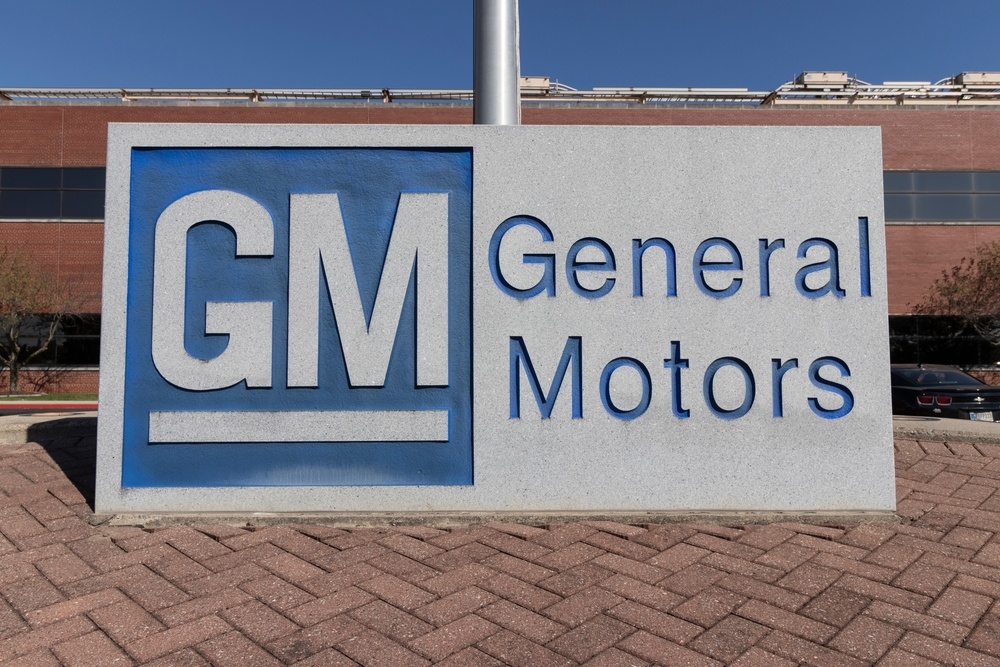GM's Cruise relaunches self-driving programme Manual driving still required for now
Cruise, the self-driving subsidiary of GM, relaunched its self-driving car service to rebuild public trust and strengthen safety standards after a major accident last year.

General Motors (GM)'s autonomous driving subsidiary, Cruise, is cautiously restarting its autonomous vehicle services after experiencing a major accident last year, aiming to rebuild public trust and strengthen safety standards.
Return to Driver Control
Cruise, after suspending all autonomous driving vehicle services in October last year, announced plans on Tuesday (April 10th) to start using human drivers to operate vehicles for mapping and road information collection in Phoenix and gradually expand to other cities. These vehicles will collect data on road features such as speed limits, parking signs, and traffic lights.
Rebuilding Trust and Enhancing Safety Standards
After a series of major accidents, Cruise chose to suspend its services. General Motors stated that their goal is to eventually restore comprehensive autonomous driving vehicle services through cooperation with city authorities, to regain public trust, and to establish cooperative relationships with communities. Additionally, the company stated that significant progress has been made in redesigning safety protocols.
Investigation and Public Trust
The Department of Justice and the Securities and Exchange Commission are investigating the handling of the company's accident last year, and Cruise stated that they are fully cooperating. Furthermore, in recent months, nearly ten executives have left the company, with approximately a quarter of the workforce being laid off.
Safety Concerns and Technological Advancements
The California Department of Motor Vehicles revoked Cruise's autonomous driving permit weeks after an accident, stating that the vehicles were not suitable for public operation and accusing the company of providing incorrect information about technological safety. Nevertheless, Cruise insists that their autonomous vehicles have the potential to save lives and reduce accident rates.
Disclaimer: The views in this article are from the original Creator and do not represent the views or position of Hawk Insight. The content of the article is for reference, communication and learning only, and does not constitute investment advice. If it involves copyright issues, please contact us for deletion.